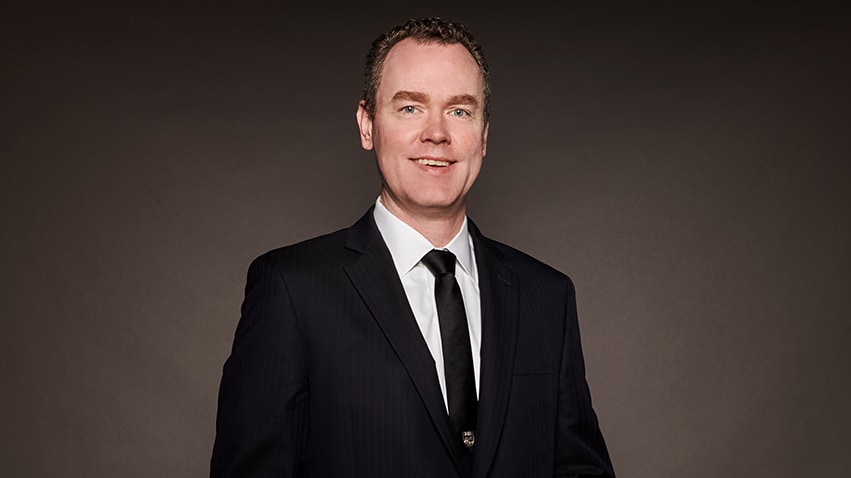- Who We Serve
- What We Do
- About Us
- Insights & Research
- Who We Serve
- What We Do
- About Us
- Insights & Research
Broken Rules
Chief U.S. Economist Ryan Boyle reviews the simple recession indicators that were misleading in this cycle.
Hi, I’m Ryan Boyle, Chief U.S. Economist for Northern Trust.
Leonardo da Vinci once observed that “simplicity is the ultimate sophistication.” Those who are able to reduce complicated scenes to easily-understood expressions are celebrated for their facility.
Leonardo would have appreciated economists. Members of our guild have crafted simple approaches to anticipate complex developments like the onset of recession. Unfortunately, many of these methods have failed us in the post-pandemic era.
Anticipating changes in the business cycle is a central responsibility of economic forecasters. This is a difficult task, given the unique circumstances that trigger changes of direction and long-term secular shifts that render the past less helpful for anticipating the future.
Nonetheless, we make the attempt. To assist, economist have developed a series of basic signals that can be harbingers of a downturn. Their track record was never perfect, but they have really failed us during the past two years.
FLY IN: FALSE POSITIVES
We had two consecutive quarters of contraction in U.S. real gross domestic product in the first half of 2022, normally a signal that recession has set in. But a broader evaluation of employment, industrial production, and spending painted a different picture. Business cycle daters declined to declare a downturn, and their stance was justified when one of the negative GDP quarters was revised into positive territory.
Another misleading signal came from the yield curve. When long-term rates fall below short-term rates, it is thought to signal trouble ahead; all postwar recessions have been preceded by such an inversion. But the curve turned upside down in 2022, and the expansion is still going strong. The market capitulated recently, with the yield curve regaining its normal shape.
Falling levels of temporary help are also thought to be a bad omen. When employers look to reduce headcount, they will usually start by cutting the temps and contractors who were never meant to stay permanently. Those cuts are often followed by reduction of full-time employees. Temporary employment has been declining since early 2022, but a reduction in permanent employment has not followed.
The economist Claudia Sahm observed that if the unemployment rate rises by half a percentage point from its prior year low, a recession soon follows. The Sahm rule was triggered several months ago, but fundamentals remain very positive.
FLY IN: CAUSE OR COINCIDENCE?
This latter example illustrates that what people have thought of as predictive are only historical coincidences. The soft landing that we are attempting has few prior precedents, so simple expressions have a hard time recognizing what is going on. The post-pandemic economy has been highly atypical, so it is not surprising that past precedents are not foreshadowing future performance.
The economic renaissance that followed the pandemic has been a pleasant surprise. But it has broken many of the rules that we once found valuable. Da Vinci and his contemporaries opened themselves to new discoveries by shedding their reliance on the past. Perhaps we should proceed in that same spirit.

Subscribe to Publications on Economic Trends & Insights
Gain insight into economic developments and our latest forecasts for the United States.
Information is not intended to be and should not be construed as an offer, solicitation or recommendation with respect to any transaction and should not be treated as legal advice, investment advice or tax advice. Under no circumstances should you rely upon this information as a substitute for obtaining specific legal or tax advice from your own professional legal or tax advisors. Information is subject to change based on market or other conditions and is not intended to influence your investment decisions.
© 2025 Northern Trust Corporation. Head Office: 50 South La Salle Street, Chicago, Illinois 60603 U.S.A. Incorporated with limited liability in the U.S. Products and services provided by subsidiaries of Northern Trust Corporation may vary in different markets and are offered in accordance with local regulation. For legal and regulatory information about individual market offices, visit northerntrust.com/terms-and-conditions.